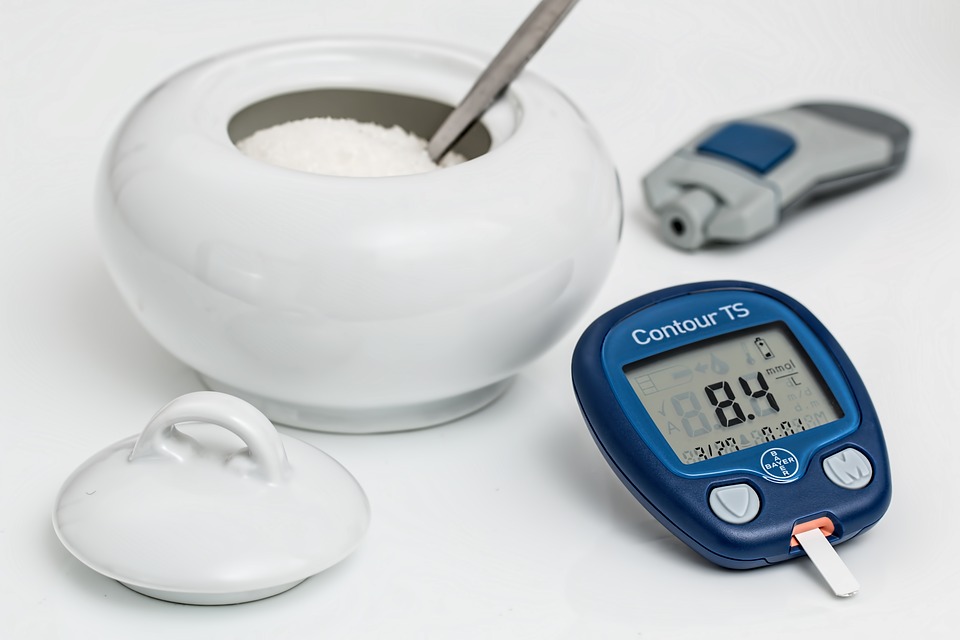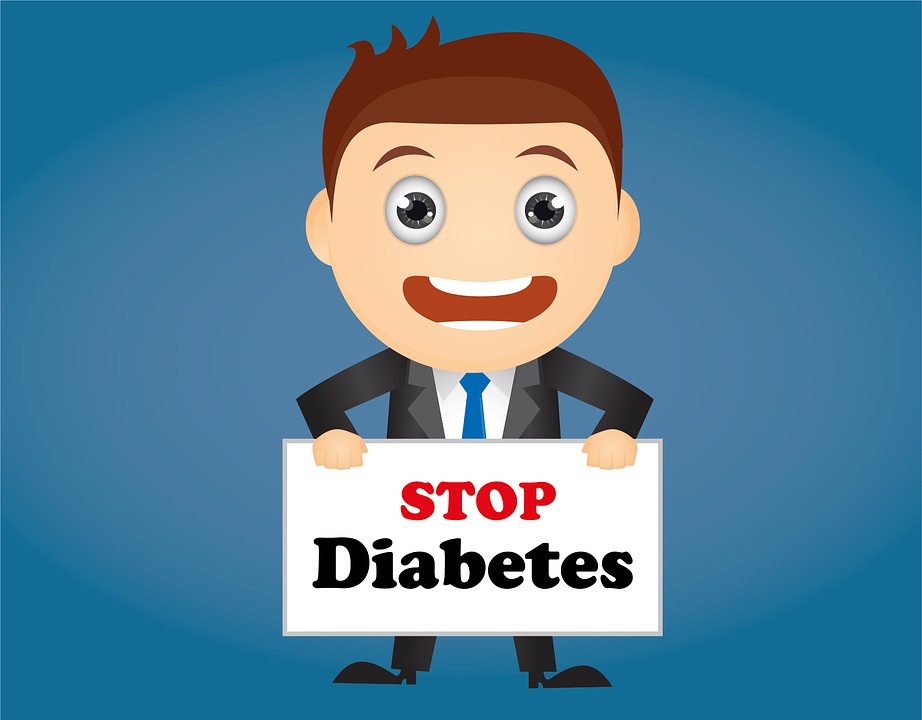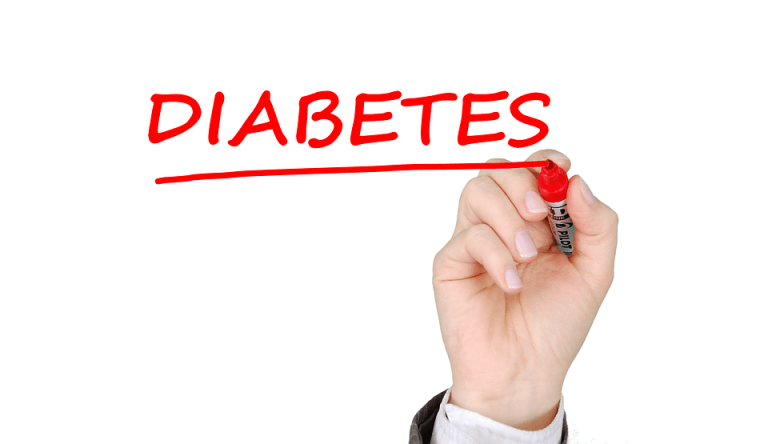Diabetes is one of the most common diseases in the human population. There are more than 2.6 million diabetics in our country, of which 40% do not know about their illness. Therefore, it is worth taking advantage of the opportunity that is the upcoming World Day Against Diabetes and check your own sugar level. According to this year's slogan, Let's protect our future and let's not wait with the research for the last moment!
People suffer from diabetes regardless of age, race and place of residence, and we observe a rapid increase in the number of diabetics. In 1985, there were 30 million patients in the world, 171 million at the turn of the century, and data from 2011 give an alarming number of 366 million people affected by this disease. Every 7 seconds one person dies as a result of diabetes complications. This shows that this disease is becoming a real world epidemic.

There is not one effective method to prevent diabetes, however, a healthy lifestyle, physical activity and a balanced diet will significantly reduce the risk of getting sick - advises our expert
This is particularly important for those whom are at risk, i.e. obese people who have a family history of diabetes or are over 45 years old, and women who have had gestational diabetes. Detect diabetes, leaving no doubt, you can only undergo the appropriate tests. However, the easiest to diagnose symptom of all types of this disease is increased blood sugar, which can be measured by hand using the tests available at each pharmacy. It should be remembered that an increased level of sugar does not necessarily mean diabetes. Other diseases, such as cancer or kidney failure, may also have similar symptoms, and diabetes itself may be associated with some other serious disorder.

Diabetes occurs in two main varieties with similar symptoms of frequent mood changes, unexplained weight loss, constant thirst, constant physical fatigue and too frequent urination. Eyesight and drowsiness that is difficult to control may also occur. The first type is a fatal disease - to live, patients must constantly fill in the lack of insulin in the body with syringes, pumps and pens. Type 2, milder, constitutes 85 percent. all illnesses and is most often associated with obesity, unhealthy lifestyle and hypertension. Fortunately, this variety can be treated with simple methods of changing the lifestyle, ie increasing physical activity, reducing excess weight, applying a healthy diabetic diet, and using oral medications. In this case, insulin is given only in the case of ineffectiveness of a non-insulin treatment. One should also remember to check with a specialist regularly, because taking care of health is an investment in himself that will protect our future.






